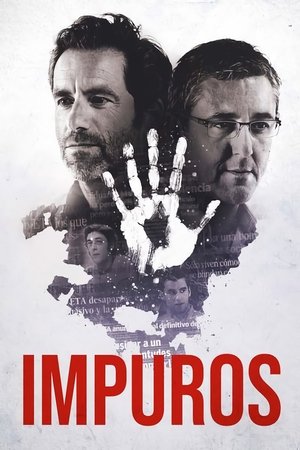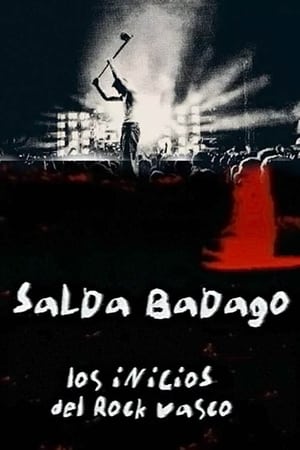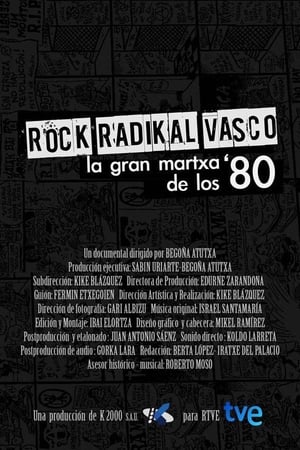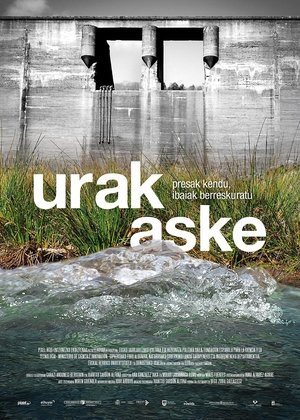

Gure Sor Lekua(1956)
The first film to be shot in Basque language, produced in 1956 by general André Madré. It was discovered by the filmmaker and researcher Josu Martinez, without its soundtrack.
Movie: Gure Sor Lekua

Gure Sor Lekua
HomePage
Overview
The first film to be shot in Basque language, produced in 1956 by general André Madré. It was discovered by the filmmaker and researcher Josu Martinez, without its soundtrack.
Release Date
1956-01-01
Average
0
Rating:
0.0 startsTagline
Genres
Languages:
euskeraKeywords
Similar Movies
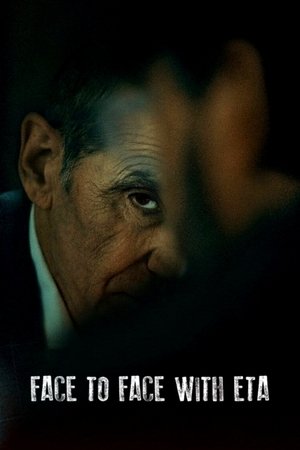 7.0
7.0Face to Face with ETA: Conversations with a Terrorist(es)
An in-depth interview with José Antonio Urrutikoetxea, known as Josu Ternera, one of the most relevant leaders of the terrorist gang ETA.
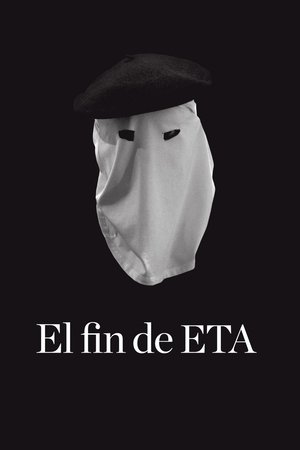 5.9
5.9The Demise of ETA(es)
The chronicle of the process, ten long years, that led to the end of ETA (Euskadi Ta Askatasuna), a Basque terrorist gang that perpetrated robberies, kidnappings and murders in Spain and the French Basque Country for more than fifty years. Almost 1,000 people died, but others are still alive to tell the story of how the nightmare finally ended.
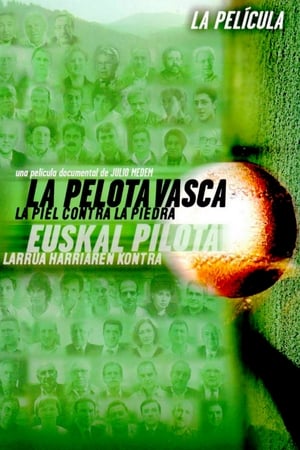 6.0
6.0The Basque Ball: Skin Against Stone(es)
An attempt to create a bridge between the different political positions that coexist, sometimes violently, in the Basque Country, in northern Spain.
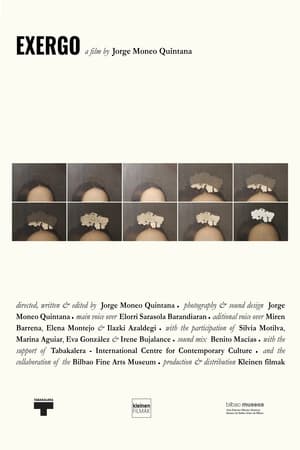 0.0
0.0Exergo(eu)
Departing from peripheral details of some paintings of the Bilbao Fine Arts Museum, a female narrator unravels several stories related to the economic, social and psychological conditions of past and current artists.
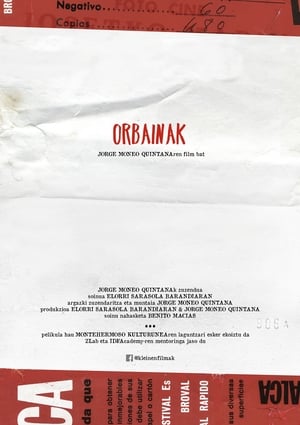 10.0
10.0The Scars(eu)
The personal stories lived by the Uncle, the Father and the Son, respectively, form a tragic experience that is drawn along a line in time. This line is comparable to a crease in the pages of the family album, but also to a crack in the walls of the paternal house. It resembles the open wound created when drilling into a mountain, but also a scar in the collective imaginary of a society, where the idea of salvation finds its tragic destiny in the political struggle. What is at the end of that line? Will old war songs be enough to circumvent that destiny?
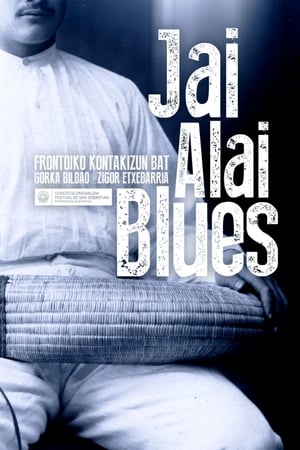 0.0
0.0Jai Alai Blues(es)
The story of how a humble Basque rural sport called zesta punta —or jai alai— was successfully exported from the Basque Country to nations as different as Egypt, China, the Philippines, Cuba, Mexico or the United States. In these places, the pelotaris were considered true artists at the fronton. But the splendour of the jai alai, the happy feast, could not last forever.
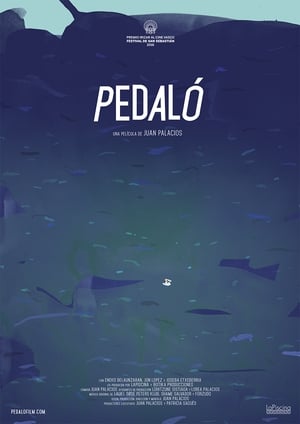 0.0
0.0Pedaló(eu)
A young filmmaker travels back home to Basque Country to follow three friends on a surreal nautical voyage. Riding a second-hand paddle boat, they pedal over 150km along the entire Basque coast from Hendaia (French Basque Country) to Bilbao in an attempt to rediscover their country's shoreline. However, as a paddle boat is not made for the rough Basque sea, things don't go as planned. The journey becomes a delirium with unforeseen accidents, folkloric parties, hangovers, a shaman, a funeral... Documenting the expedition of these 'sailors' on his own, the filmmaker finds himself on a parallel inner journey.
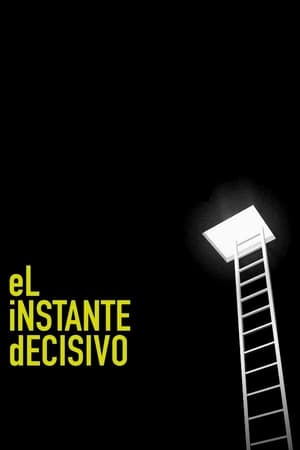 2.0
2.0El instante decisivo(es)
Spain, 1997. The story of twelve days in July during which Basque society left indifference and fear behind and faced the threat of the terrorist group ETA.
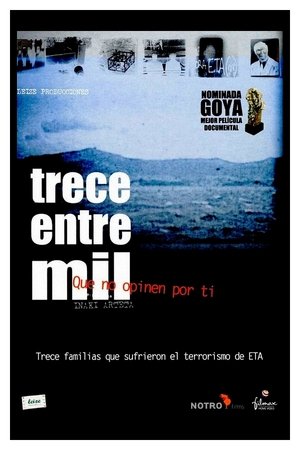 6.5
6.5Trece entre mil(es)
The abject crimes of the terrorist gang ETA have marked the lives of many Spaniards; men, women and children who were silenced, harassed, persecuted, finally murdered. Thirteen stories, thirteen tragedies, just thirteen among thousands.
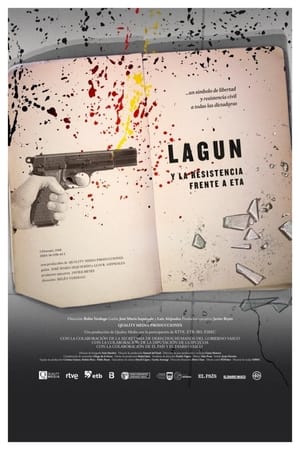 0.0
0.0Lagun and the Resistance Against ETA(es)
The turbulent story of the Lagun bookstore — located in San Sebastián, in the Basque Country, Spain — is a powerful tale of courage, resistance and struggle; first against the Franco dictatorship, then against the terrorist gang ETA and its numerous and sinister acolytes.
 6.0
6.0Mother Earth(eu)
'Ama Lur' is a documentary, directed by Nestor Basterretxea and Fernando Larruquert, that premiered in San Sebastián in 1968, and it is considered the foundation of Basque cinema.
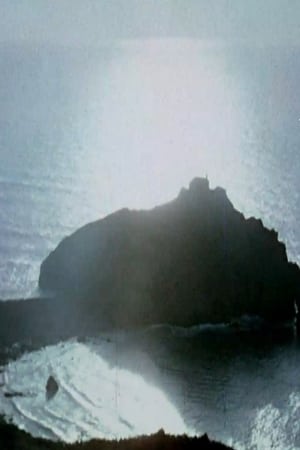 0.0
0.0Ereagatik Matxitxakora(eu)
Not unlike the travel blogs so in vogue today, this film takes us from Ereaga beach to Cape Matxitxako, treating us to an incomparable look at the beaches and towns on the way.
 0.0
0.0A Portrait of N. B.(es)
Through his own photographs, the Basque artist Néstor Basterretxea (1924-2014) is portrayed by the art critic and exhibition curator Peio Aguirre, a great connoisseur of his work and personal archives.
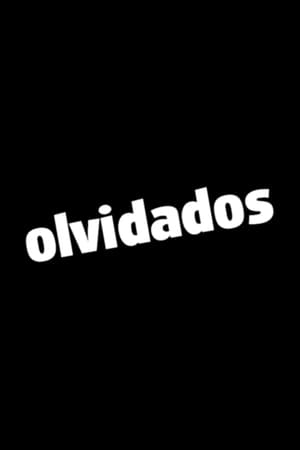 0.0
0.0Olvidados(es)
The relatives of the victims of the terrorist gang ETA speak of their suffering, their fear, their loneliness; of the systematic oblivion to which they are subjected by Basque society, both by those who remain silent and look the other way and by those who, accomplices of the criminals, share their repugnant ideology and celebrate extortion, kidnapping and murder, thus contributing to perpetuating a bloody reign of terror.
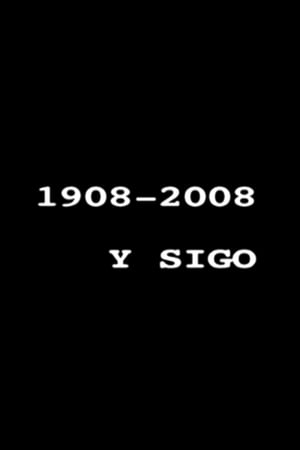 9.0
9.01908-2008 y sigo(es)
Through interviews with different people linked to the work and life of the Basque sculptor Jorge Oteiza (1908-2003), this documentary aims to unravel fundamental aspects of his work.
